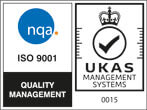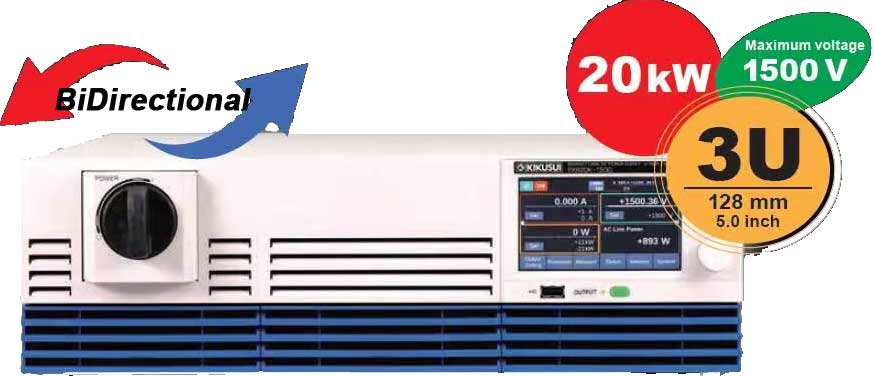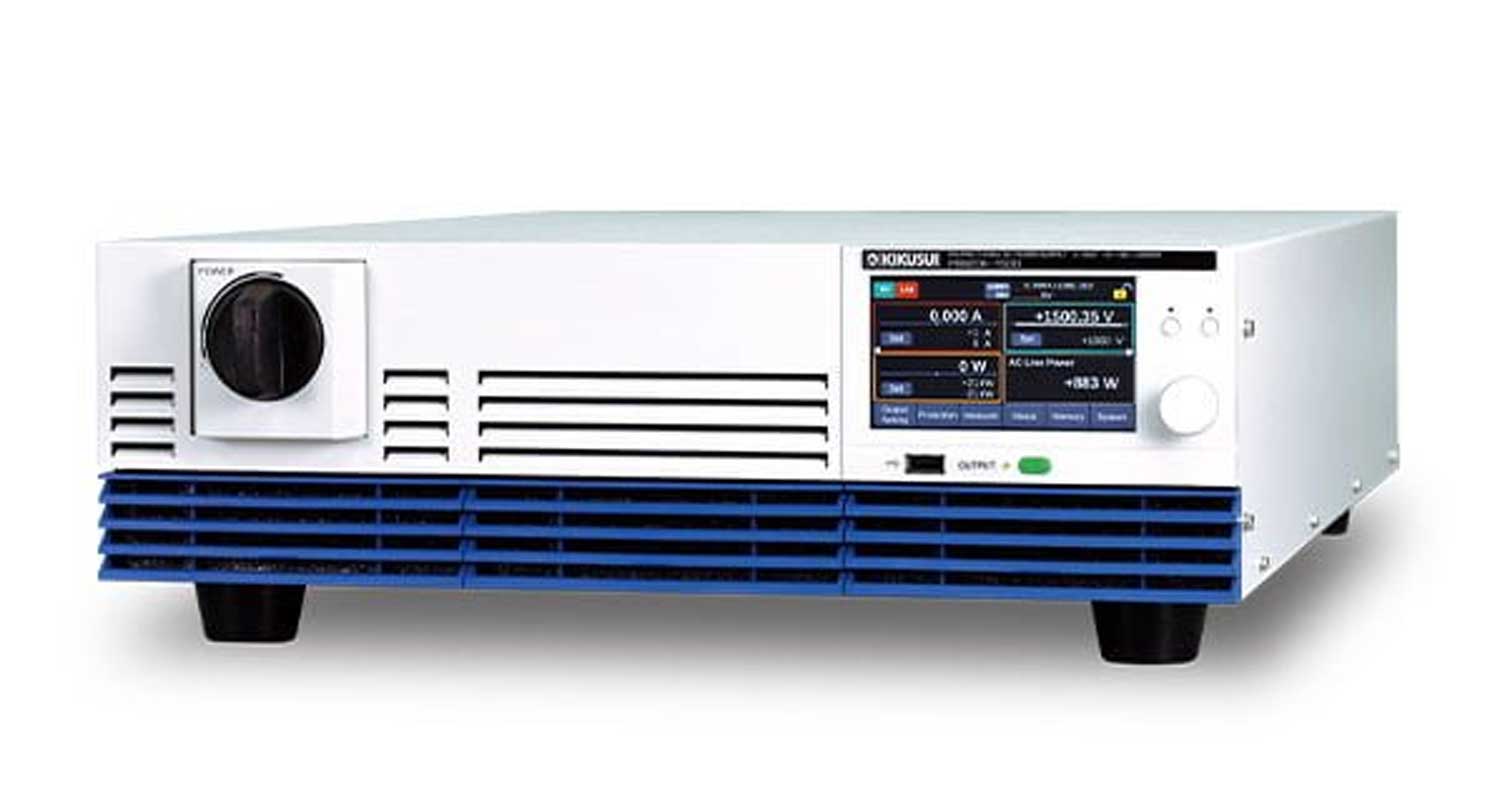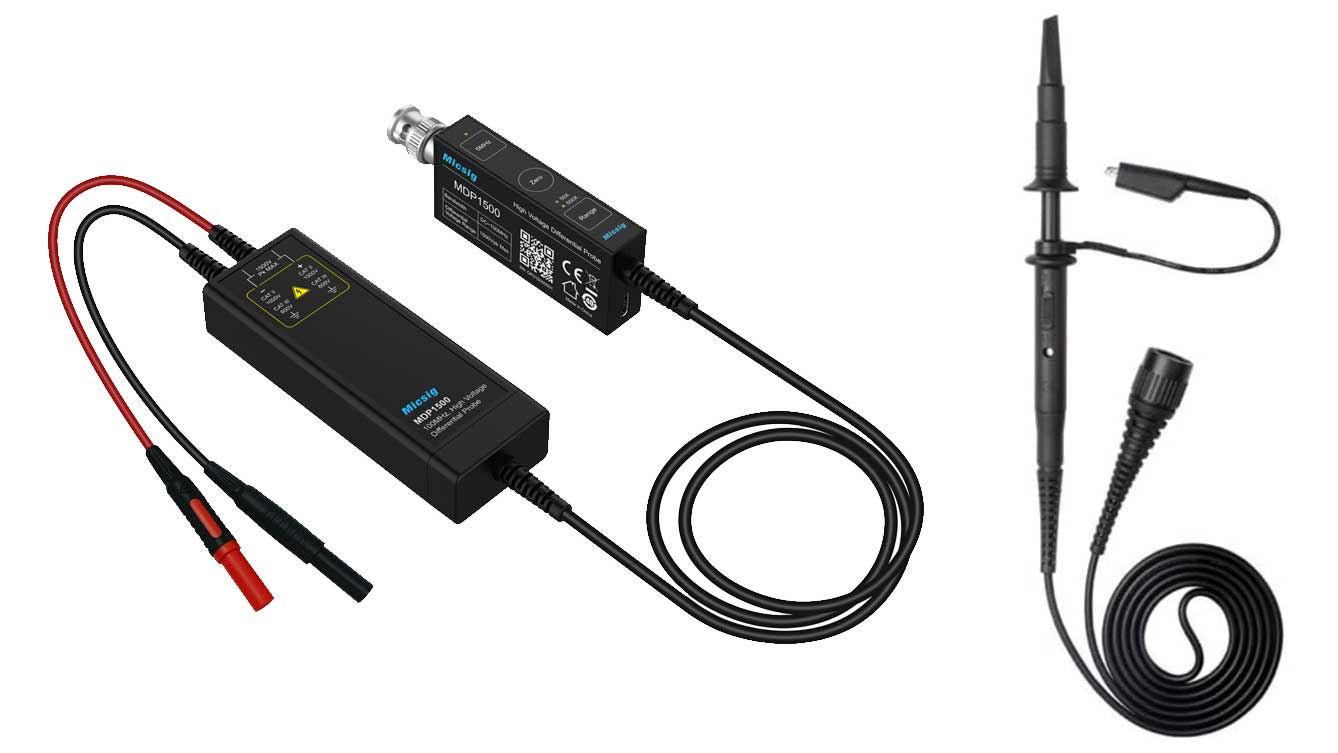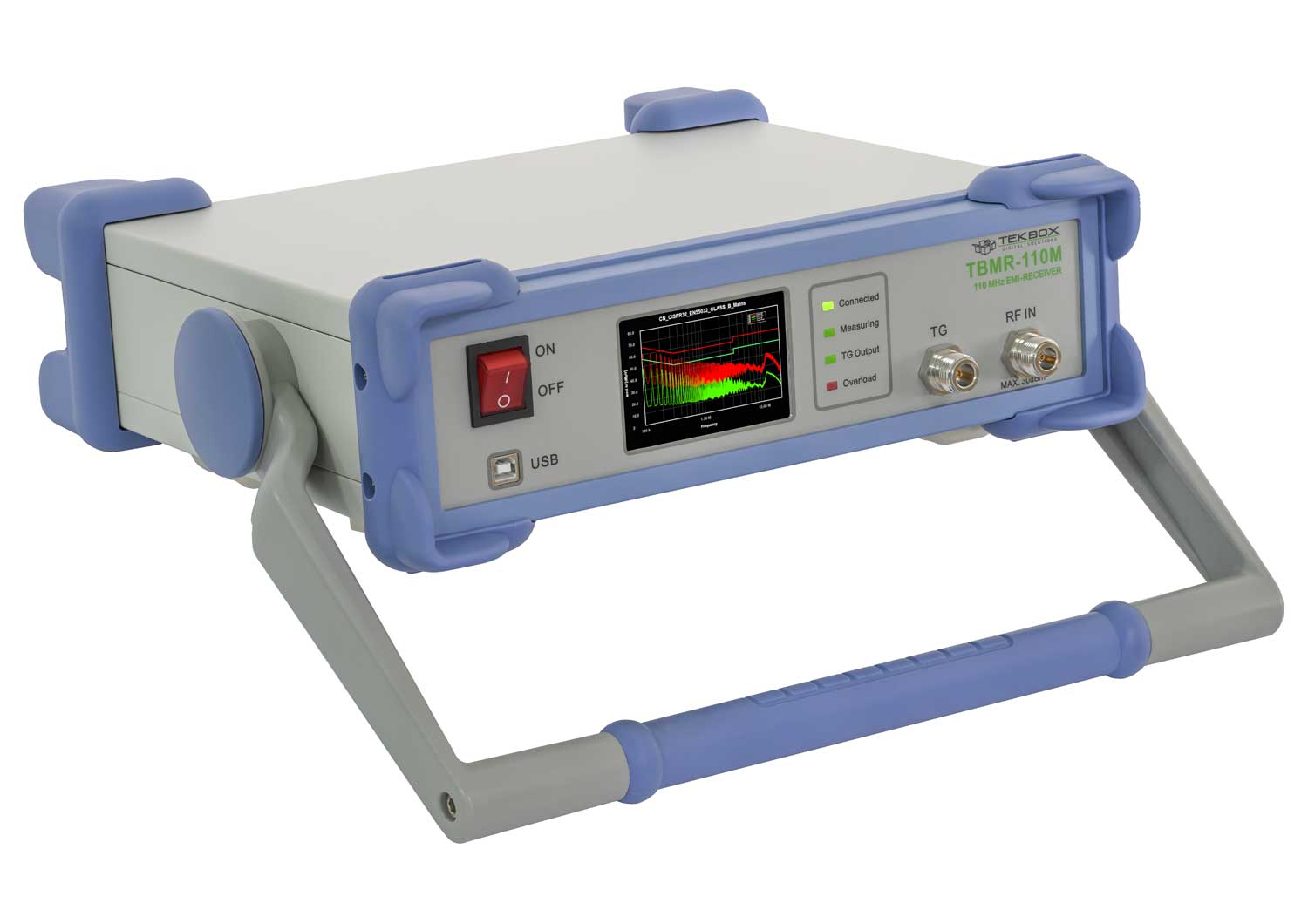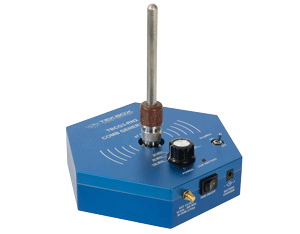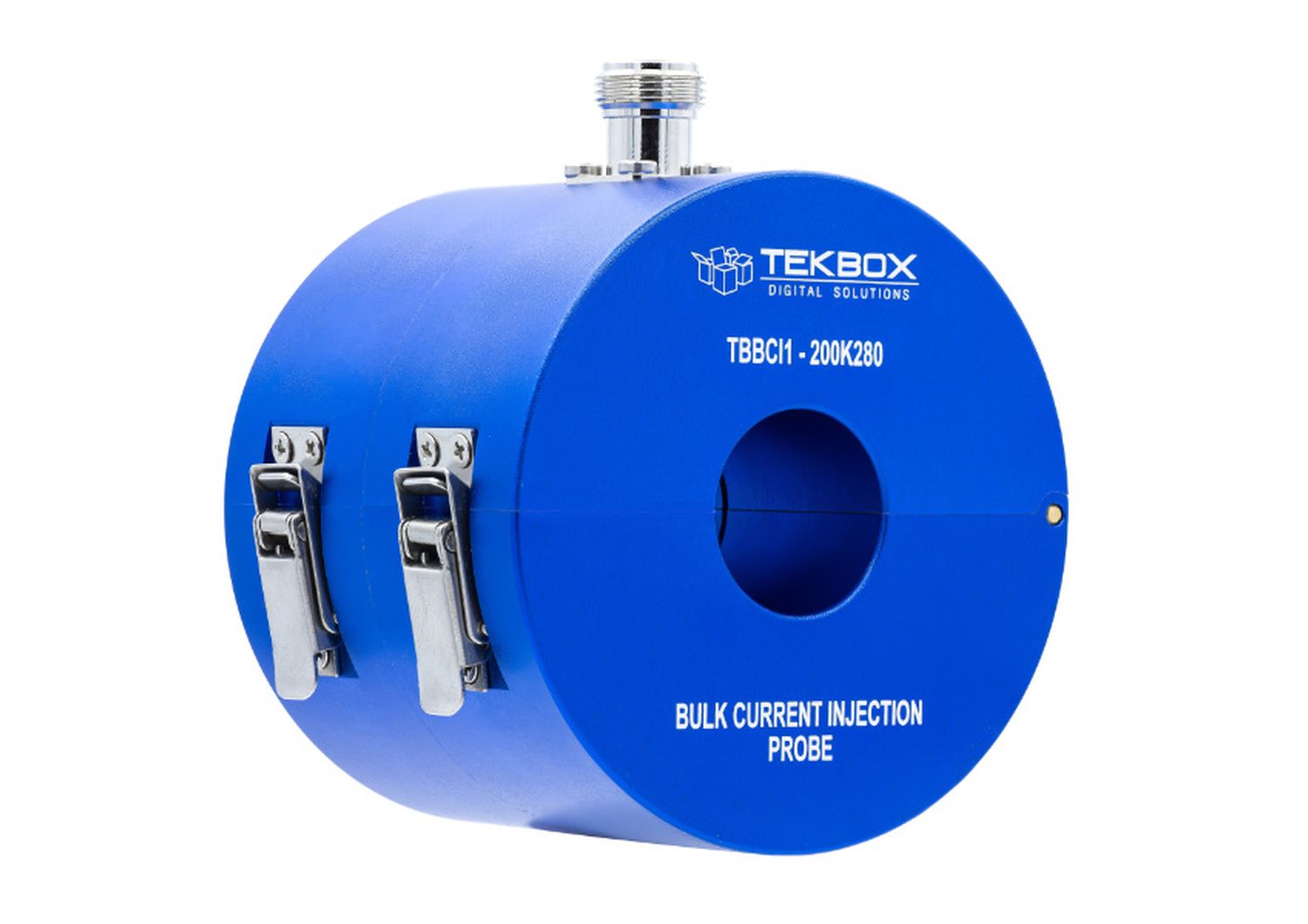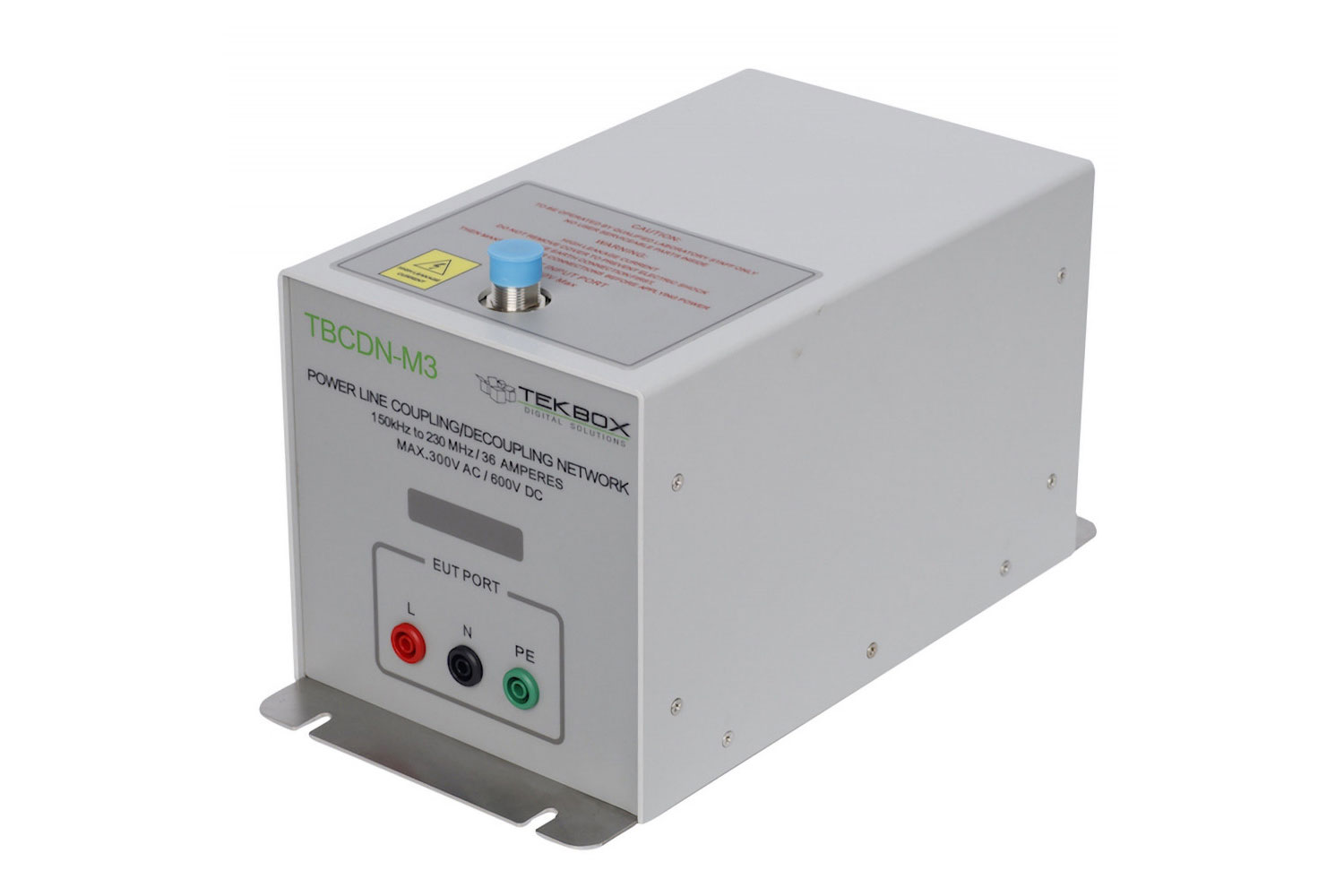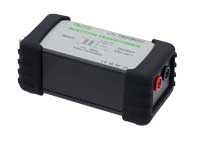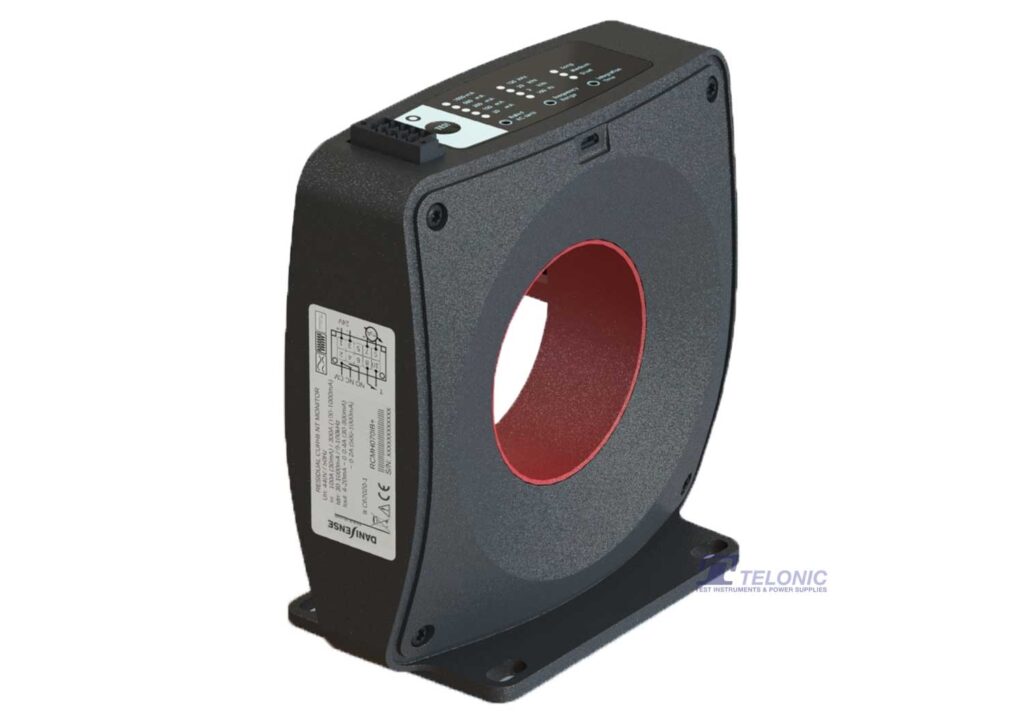
Product Categories
AC Power Supplies / Frequency ConvertersDC Power Supplies
DC Electronic Loads
Test & Measurement
Safety Testers
EMC
Soldering Irons / Test Tools
Manufacturers
Rental
Service & Support
AboutContact
Newsletter
Returns
Terms and Conditions
Privacy Policy
Shipping & Delivery
My account
Copyright © 2024. All rights reserved by Telonic Instruments Ltd
Website operated by Jumping Giraffe Ltd. Jumping Giraffe Ltd is not responsible for content on external websites.




